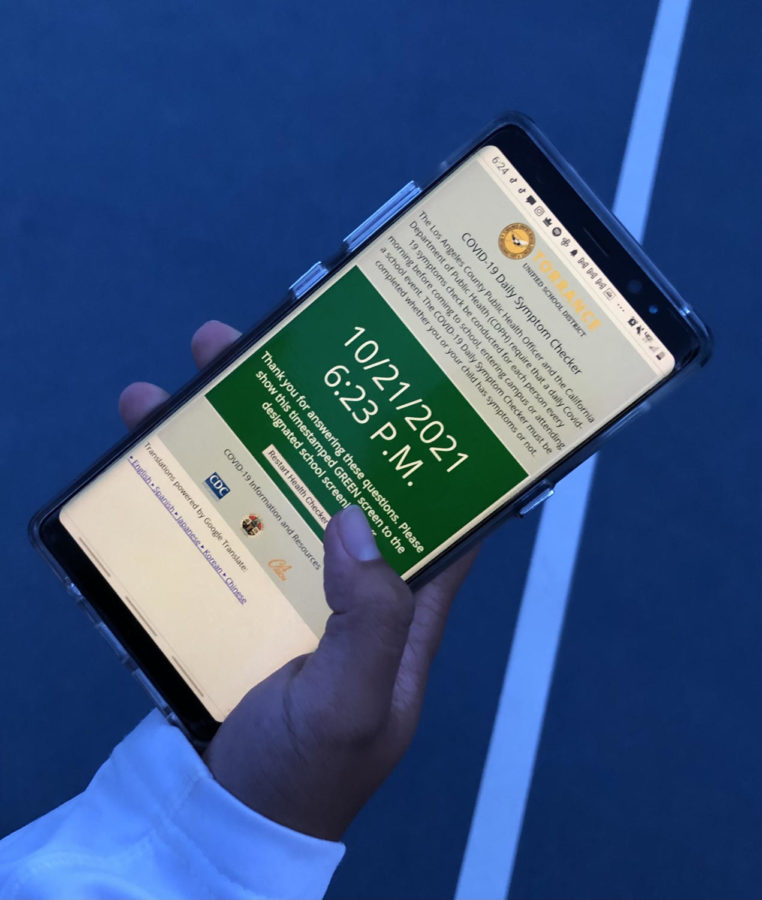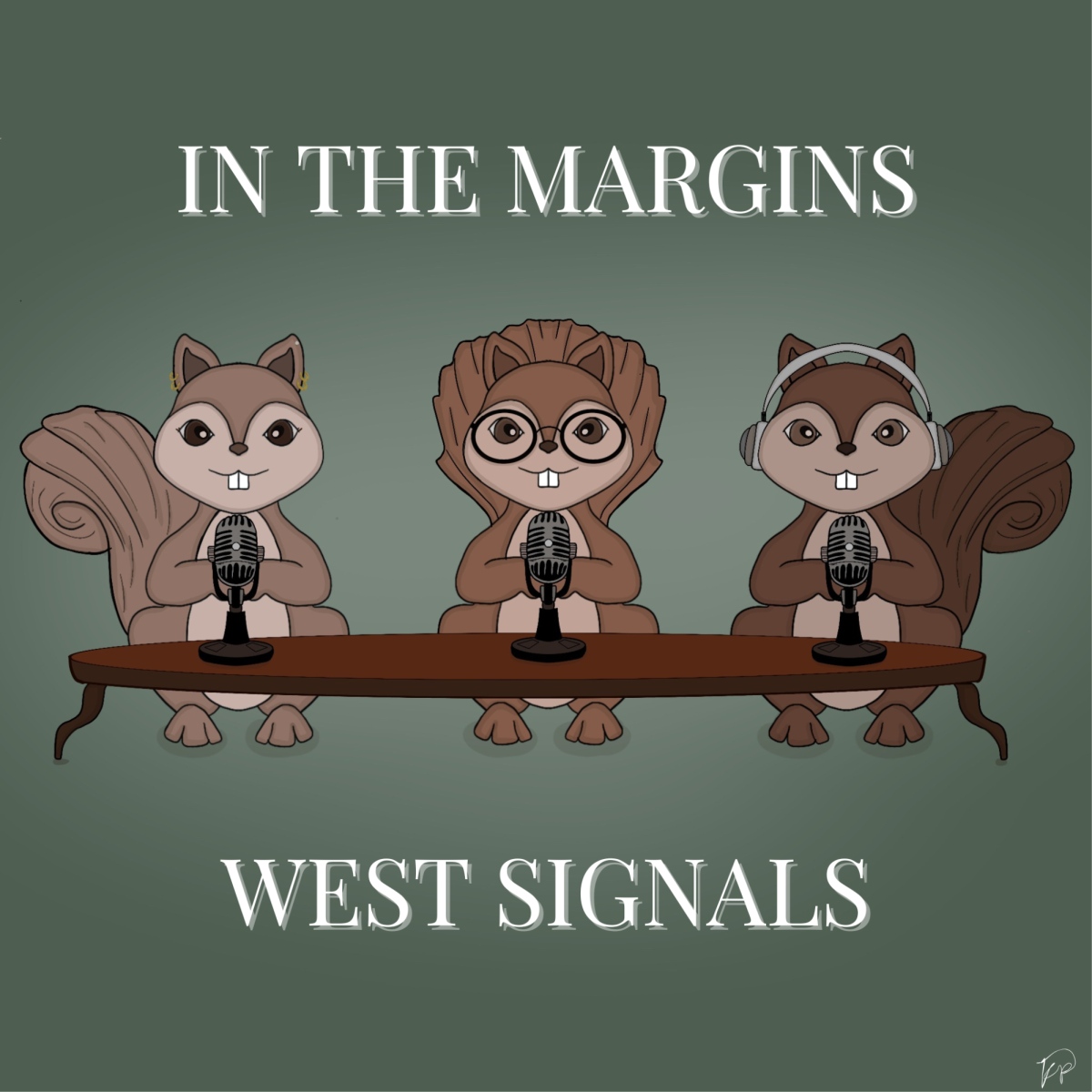No More Green-Screening!
Art/Photo by Alexssa Takeda
The COVID-19 symptom checker had consisted of 4 questions. First was a question regarding potential symptoms of the virus, one about diagnostic/testing history, history of quarantining treatment, and a final question about close-contact suspicions. If one responds negatively to all, a “green screen” will be given to show proper staff before admission to any TUSD campus. Seen below are a few sources for COVID-19 Information and Resources. Though discontinued, the health checker for TUSD students is still accessible and operational at c19.tusd.org.
October 21, 2021
On October 5, Dr. Tim Stowe, superintendent of TUSD, released an email that announced the discontinuation of the COVID-19 health screening to begin on October 6. The requirement to complete the screening had been a constant throughout this school year, so this sudden notice caught many by surprise. It has only been about a month and TUSD schools have shown great progress with following safety protocols and keeping students relatively safe. Even with the lack of “red screens,” as stated in the email, Dr. Stowe warned that student safety is still important, and those of TUSD should keep checking themselves daily for COVID-19 symptoms.
At West, it was routine for students to take the screening before entering school every morning. Students walked to campus and showed staff their screens, which served as a confirmation of safety. With it gone, some students feel a gap in their mornings, though the freedom is very welcomed. Claire Sterzick (9), for example, had been accustomed to completing the screener during every ride to school. Without it, her mornings are a little bit smoother. “It’s one less thing to do. The main difference is that I don’t have to pull my phone out [as I] put my backpack on,” Sterzick said. “I think it makes it easier to walk through the parking lot without having to fill it out at the same time.” When considering the effects of the screenings on campus, Sterzick ventured that “it wasn’t doing that much harm or good. It’s more like a neutral statistically, if it changed anything about how COVID spread. But I think everything stays the same ⎼ it’s fine to not have it.”
Even after the initial discontinuation, it was still advised to students to inspect themselves for illness. To that, Sterzick agreed with the precautions. She thinks that, though the screens helped students to think about their symptoms, not having it doesn’t make much of a difference. When someone doesn’t feel well, they’ll notice, screened or not. “If someone knows they’re going to wind up with a red screen, I don’t think they’re even going to bother coming [to school],” Sterzick explained. To her, recognizing any symptoms is something she felt could be done without the health screening.
Ashley Carmichael (9) reacted the same. Carmichael felt that the screens didn’t have much of a benefit, since most people knew that if they weren’t feeling well, there would be no point in going to school. For some students, the screener was an additional thing to worry about: “There’d be times where I’d leave my phone at home and freak out about how I’m going to get into school.” However, Carmichael admitted that she could use it as an outlet to report if she was feeling unwell.
Moving forward, Carmichael plans to follow the recommended safety precautions; wearing a mask, washing hands, wiping things after use, etc. As long as students follow those basics, she feels that the safety of schools will continue to improve. Carmichael believes that others will also monitor themselves well: “When they feel under the weather, they’ll make sure to monitor those symptoms so it doesn’t affect others.” She is positive that, with everyone doing their part, the school year will continue on safely.








